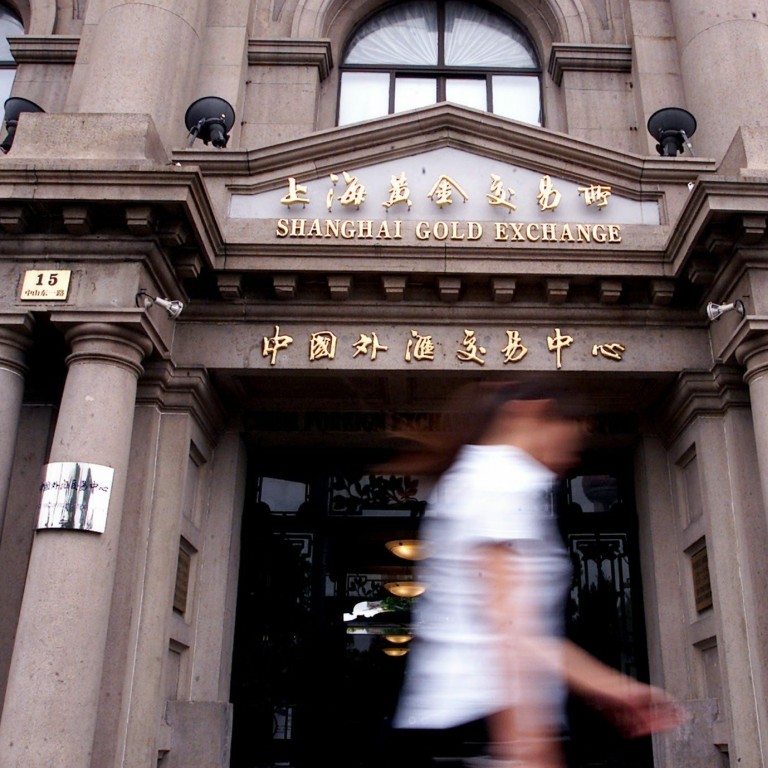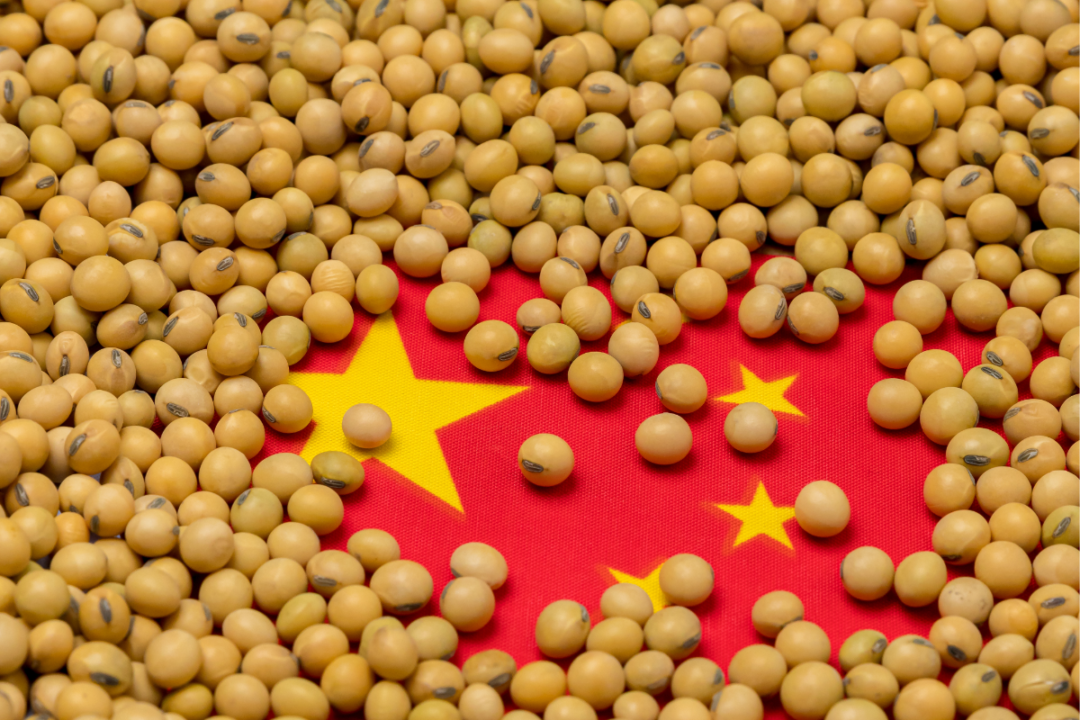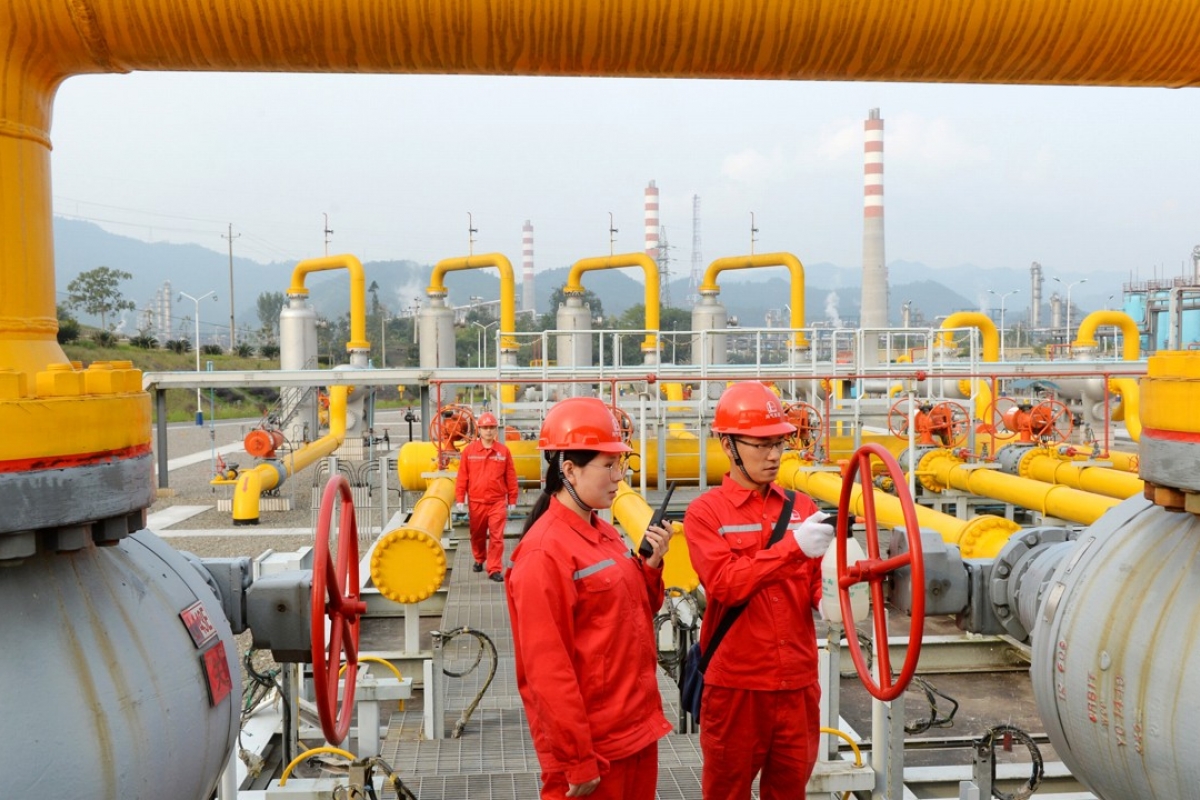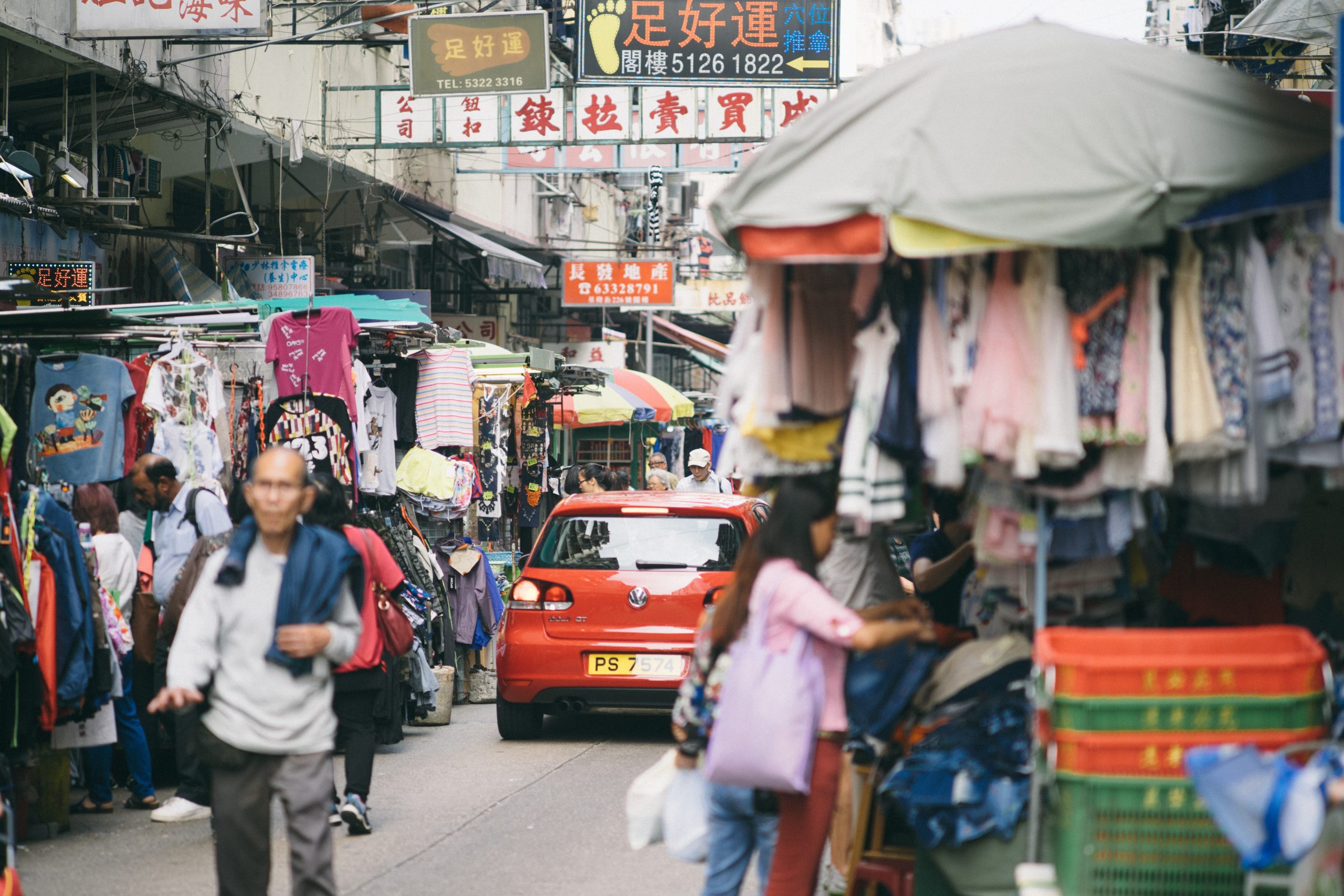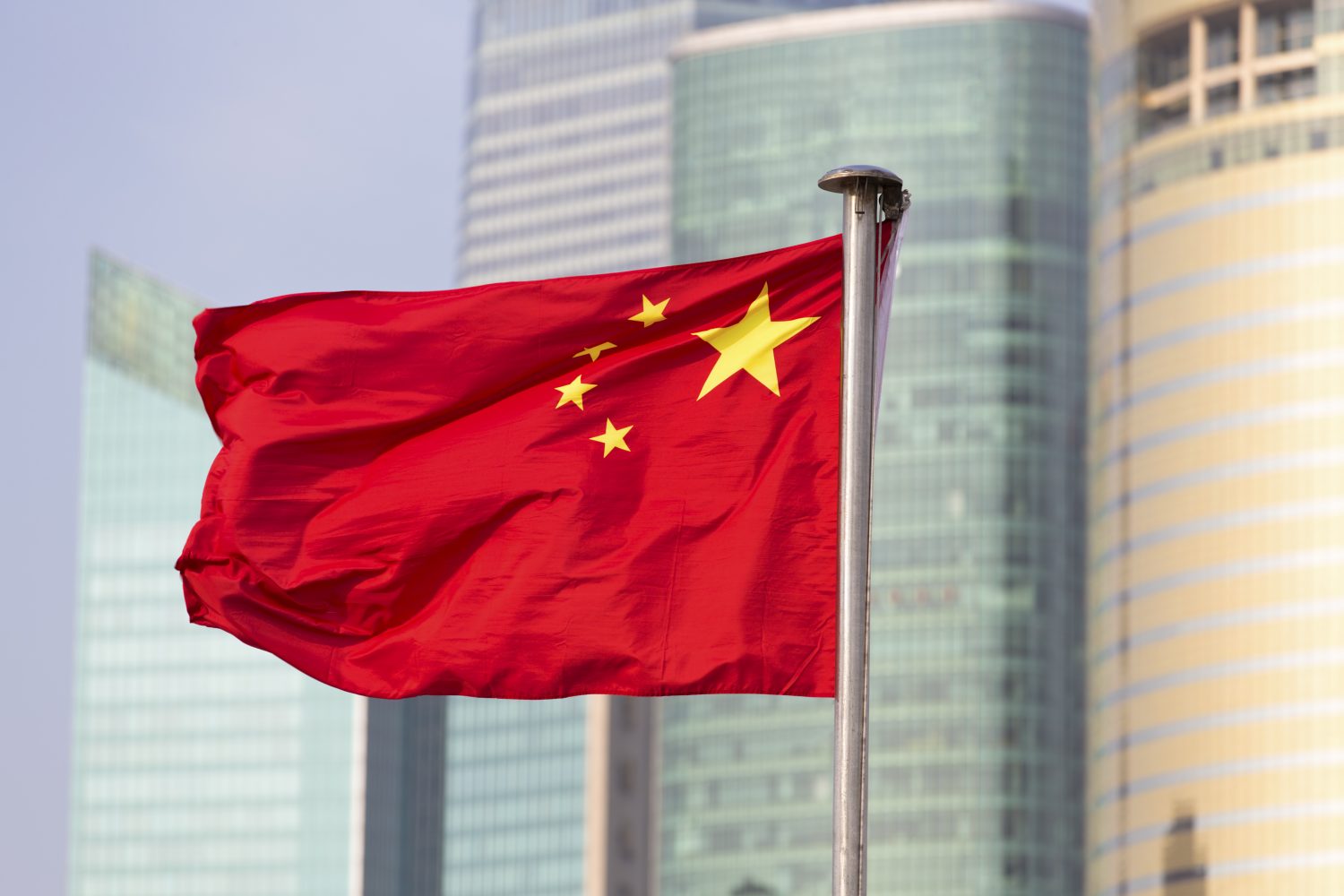A Growth Engine Slows
Since the 2008 global financial crisis, China’s commitment to delivering both monetary and fiscal stimulus in the domestic economy has been the growth engine of the global economy. However, the country amassed a significant amount of debt in the process. Without a pickup in growth elsewhere around the globe, we are concerned that the sustainability of this debt-fueled model will erode and present challenges going forward.
China’s growth is already slowing as the country pivots from a manufacturing-based economy to one driven by consumption. While we believe the transition to consumption remains on track, albeit relatively early in the process, we expect that the search for levers to boost growth will mean continued volatility in 2017. Yet, our recent visits to China convince us that growth is unlikely to collapse overnight and that the world’s second-largest economy presents some attractive investment opportunities.
A Triangle At The Heart Of The Struggle
The core of the issue is China’s ongoing policy conundrum, says Equity Research Analyst Barrington Pitt Miller. The country has targeted economic growth of 6.5% to 7% annually for the next five years, while also striving to maintain full employment and reduce leverage.
Social stability is of paramount concern for the central government, meaning that a reduction of the growth target is highly unlikely in Mr. Pitt Miller’s view; less growth would employ fewer people and could potentially lead to unrest. In recent years, growth – and therefore employment – has been sustained through credit and fiscal stimulus. Mr. Pitt Miller sees a fundamental disconnect between the central government’s gross domestic product (GDP) ambition and its leverage rhetoric.
China cannot slow leverage and achieve the current GDP target without help from the rest of the world through economic growth.
Fundamental Fixed Income Analyst David Spilsted agrees that policymakers are pursuing a set of conflicting goals and is concerned that the circular nature of this policy environment will emphasize growth, to the detriment of true structural reform. Mr. Spilsted notes that while talk of faster and deeper reform continues, at the first sign of deceleration, the government’s typical reaction is to turn on the credit spigot.
State-Owned Enterprises Highlight Efficiency Challenges
We saw evidence of this credit injection in early 2016, and the primary recipients of the stimulus, per usual, were State-Owned Enterprises (SOEs). This is problematic because these government-owned corporations, which dominate China’s industrial sector, have historically operated with massive inefficiencies, and their underlying mission of maintaining employment has resulted in overproduction.

Yet, as the central government simultaneously promotes capacity cuts and mandates municipalities to contribute to GDP growth, local authorities often turn to their largest employers, which are typically SOEs. Local officials have had little problem finding credit to keep the inefficient entities operating and their constituencies employed.
Acknowledging the overcapacity issue, China’s four state-owned banks have been directed to reduce leverage, and are in fact slowing loan growth. Unfortunately, credit expansion in other channels, including municipal bonds and the policy banks, is filling the void. Using credit to prop up the SOEs may fuel the economy in the near term, but the leverage needed to support these inefficient organizations will at some point become unsustainable.
Supporting unproductive legacy enterprises only prolongs China’s transition to a consumption-led economy.
Until the government concedes to slower growth, Mr. Spilsted points out, the headwinds presented by supporting the old economy will keep the transition from moving full steam ahead.
China holds its regular National Congress in 2017 and President Xi Jinping will insist/demand that the economy move along smoothly until then. Given party pressures, administrators at all levels will want to be seen contributing to growth. Ultimately, according to Mr. Spilsted, party politics are everywhere in China and while it will be just reinforcing the façade, it will be a powerful motivator. The event, however, could present Mr. Xi with an opportune moment to reevaluate growth and assert a lower growth target.
Barrington Pitt Miller is an Equity Strategist with Janus Capital.
Gareth Yettick, CFA, Equity Research Analyst and George Maris CFA, Equity Research Analyst, co-authored this piece. This is Part 1 of a series.
Photo Credit: Greg Baker, AFP/Getty Images

